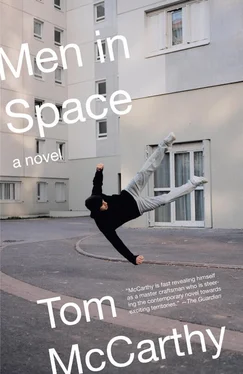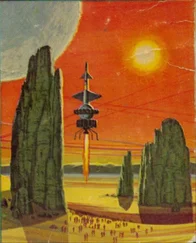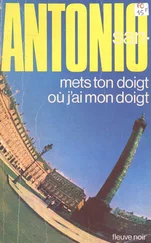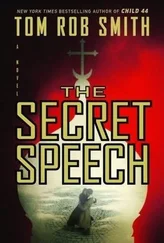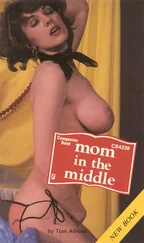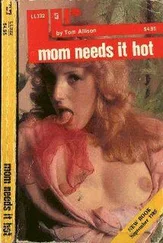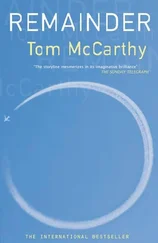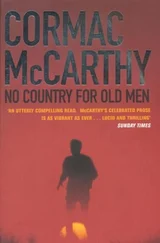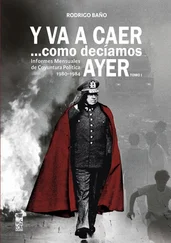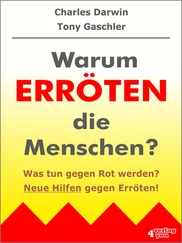“They’ve squatted the building and they live there for free, and Sasha told me that it’s really lux : they have telephones and computers and hot showers and everything, not like me here. But the owner tries to make them leave, which he must do all legally, through processes and papers, so it takes some time, but still …” And Nick says:
“Suits me to the ground. Let’s pay the penguin. Hey! You! Fuckface!”
And they get the cheque and pay, right to the haler with no tip and all in tiny coins that Nick and Gábina have brought with them: she’s been collecting them in a jar in her kitchen for two years, she says. They go back down the mosaicked corridor and down the stairs to beside the párek stands where the announcement board is. There are trains going to Moscow and to Paris and to Rome and to — wow, Beijing: must take a week, all trans-Siberian. Nick’s one is listed there: Amsterdam CS; he’s got about three minutes to get on it with all his shit. So they run down the tunnel and come out onto platform number seven and throw Nick’s stuff through the door and then he hugs them each. She says she’ll get his address in Amsterdam off Mladen although even as she says it she knows she might not, that she’ll very likely never see or correspond with Nick again. A guard comes round and closes the doors; she’s feeling really queasy after all that running; then a whistle goes and the train starts pulling off. Nick appears at a window further down his carriage waving to them. They wave back, but before he’s even gone Heidi’s attention’s wandered over to a kid on the next platform, this toddler of maybe eighteen months who’s sitting in a pushchair playing with a rubber rocket as his mother holds the hand of a man who’s in this other train with Russian letters on the side, talking to him through the train’s window and crying.
* * * * *
Tallinn, Estonia
20th January 1993
My dear Han ,
Greetings from Tallinn! It’s beautiful, a kind of miniature Prague: same colours, alleys, squares and parks, the same old red and yellow trams — only it’s more archaic, and much less touristy. And the people here sing all the time! They sing like Czech people drink: constantly, everywhere. There seems to be a music school or choir rehearsal room on every second street. Even waiters, tram drivers and builders sing as they go about their business. Just walking round the town you have the feeling you’re being regaled from all sides by angelic hosts .
Oh, and it’s flat. There’s one old medieval castle hill but, apart from that, the town rests at sea level, just like Amsterdam. Only, unlike ours, their harbour’s not enclosed: it opens to the sea — it is the sea. And the sea, too, is flat. I know it sounds ridiculous to say this since all seas are flat — but this sea’s flat in the most amazing way. Picture a frozen bay extending in pure white out from the quayside. Picture skaters endlessly circling, pirouetting, gliding around it, passing the odd ship held firmly in position by the ice. And don’t picture some chocolate-box Bruegel vignette: this frozen landscape isn’t social like his — it’s otherworldly, shapes and movement all becoming abstract as they open out to white infinity. The land segues seamlessly into the sea, the sea into the sky, which is white too. I’ve just spent the best part of two hours sitting on a bench looking for a hinge: a line to the horizon, some kind of limit. But I couldn’t find one. There’s just space, and then it kind of disappears into itself. I keep thinking of the ellipse into which Maňásek’s saint gravitated — anti-gravitated, rather. Has the case arrived in Windtunnelkade yet by the way? Can’t wait to see what you make of it all .
I’m in my hotel, getting ready to go out again. I’m hooked on this horizonless horizon. When I was staring at it earlier, beside the harbour walls, a group of young men had etched out, by scraping hockey sticks against the ice, a large rectangle, twenty by ten metres, and then subdivided the rectangle into half blocks and semicircles, reclaiming from the tabula rasa of ice a hockey court across whose surface their sticks fired a round puck towards goals that had no nets. I watched them for a while, then left my bench, stepped down onto the frozen bay and walked a little way out. The skaters’ blades had inscribed coruscating gyres, spirals and intersecting circles on the ice: concentric, eccentric, irregular, you name it. As I walked out further, slipping a little but soon finding my feet, the markings grew less frequent. Still no hinge. How far out do you have to go to find one? I’m obsessed by this question. Basic visual laws require there to be some kind of edge, somewhere. I want to go and find out where it is. I’ve come back to my room to fetch a warmer jumper — and, of course, to write you this quick letter which I’ll post from a cute little mailbox on the quayside. Then it’s out again, into the white …
No art news yet. I’ll do the galleries tomorrow. Who needs art when you have landscapes like this? I love you .

The Waag is a huge round building looming like a Gothic castle on the north side of the square at Nieuwmarkt. Witch-hat towers rise up above it, studded with Hansel and Gretel windows. In its south side, facing towards Sasha’s building, there’s a red door which looks as though it shouldn’t open sideways but be lowered from above, like a drawbridge. There’s no moat around it — but, Sasha explained to Nick as they dragged his bags from the station down the Geldersekade, until the turn of the century the square was full of water, a large holding pool. Ships from all around the world would arrive in the harbour, and their cargoes of spice, tobacco, silk, diamonds and livestock would be transferred to smaller vessels, carried to this pool, weighed and recorded right there in the Waag — and, natuurlijk , taxed to the hilt before being carried onwards to the traders’ shops along the various canals. Nothing entered Amsterdam without being processed first.
Old habits die hard, it seems: Nick spent most of his first two weeks here being processed himself, trekking from Belastingdienst to Vreemdelingenpolitie to Bevolkingsregister . As a foreigner, even a European one, you need three ratified, stamped forms to fart in this town. Dutch people don’t have it much better: if he goes downstairs to borrow sugar or a dustpan from Frankie and Jessica any time before lunch, he finds them doing their administratie , hunched over their kitchen table chewing biros as they wade through correspondence with the Herhuisvesting , arguing, instalment by instalment, their case for getting urgentiebeweis and woonvergunningen , or with the Informatiebeheergroep , telling them whether or not their status has altered since last week, or crossing boxes on their uitkering and sollicitatieplicht papers. They’re like love letters, all these forms, both nurturing and ritualizing the cradle-to-grave relation ship all individuals in Holland seem to enjoy with social institutions.
“You want to start a revolution here, like they had in Prague?” boomed Sasha a few days ago, overflowing with contempt for the Dutch system. “Then you have to go to the relevant offices, fill in a form, and they’ll give you a small grant to sit around like you had no balls, doing nothing. You know how artists here make their living?”
“No,” replied Nick. They were drinking coffee in the Italian place two doors down from their building.
“They get a Basis Stipendium when they leave art school: same salary as a civil servant’s. They get this whether or not they make any art.”
Читать дальше
